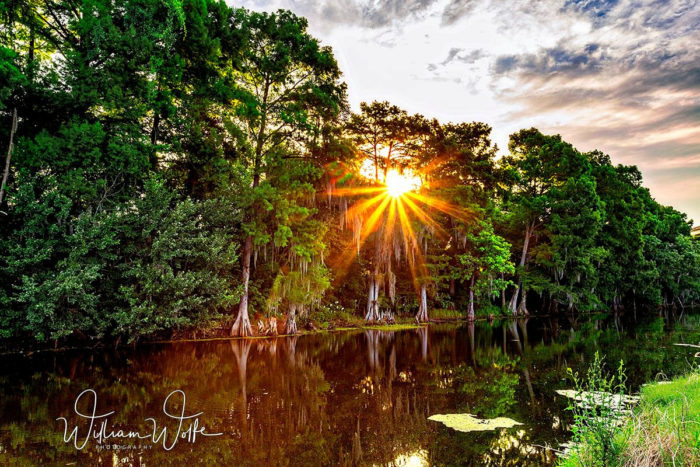Pearl Harbor P40
by Britt Vallot
This is the same 1/48 Revell kit that I built as the Boyington version some time ago. This time around I took my time to address all of the kit’s main flaws: Landing gear/Bay, Prop, Intakes, Flaps, and a proper windscreen/canopy. I also went ahead and fixed the .30 MGs, landing light, and addressed the rudder and elevators as before.

I wanted to keep this kit as much out-of-the box as I could, but of course some parts are after marker, such as Ultracast exhausts, Squadron windscreen/canopy, Master Model Machine guns, and True Details cockpit. The rest of the what the kit’s missing was scratchbuilt. I’d have liked to have tried scratching out all of the aftermarket parts as well, but I didn’t trust in my abilities as much as I do now having completed this build. Plus, time is always a factor!
I started with the Tail Gear for this build. ” B” variants had a mechanism for bringing the wheel up and closing the doors.

I wanted to represent it although it doesn’t show at all once it’s closed up. I had hoped it would be “somewhat” visible…but no luck. It’s built of brass and aluminum rod/tube parts with a couple of plastic bits here and there.
It sits on a MUCH sturdier tail gear now, so I’m still happy with it. I did manage to remove the kit wheel and reuse for this section.
The intakes were done as before. Cone shapes were built from thin brass sheets, cut, CA’ed into place, and epoxied to the kit part. This helps to add the depth that ought to be here on this plane.
The Propeller blades were corrected. Revell had shaped the back of the blades as flat. Something of an oversight here I think – – showing it’s age. So, with some patience I carefully sanded the blades rounder from the back side and narrower towards the top to a truer shape for these early blades.

The Prop spinner, Machine Gun Fairings, and Carb Intake were cleaned up with Milliput putty like before. This allows you to sculpt a few spots that may need to be built up.
An assortment of tiny brass rods were used to build up detail on the control surfaces and the rudder horn was fashioned by flattening and filing a small diameter brass rod flat.
The back look-out plexiglass windows were cut from a thin sheet of acetate. The windscreen from Squadron has two raised bars for bracing that should be omitted from the design. I originally tried to sand this down and smooth it out, but the plastic is just not forgiving enough to do so. I opted to leave it alone. By building up the bulletproof glass, this raised line is virtually invisible afterwards. You have to know what to look for to see it all. It was the only real concession of the build.

The flap assembly was made from scratch. It’s not as hard as it seems. A couple of pictures to work from and a good bit of patience. It’s all from plastic sheet and strips of plastic as thin as I could get. It’s all welded together with Tamiya Extra Thin Cement. This keeps it clean and tight. Some Albion aluminum tubes and some EZ line and presto you’ve got your very own Landing Flaps.
The landing light was cut out before the wings were closed up. A thin sheet of brass was cut into a square and then a sliver was removed to shape into a concave shape to make up the housing. Some strips of tiny brass wire make up the rest. Easy.

The Landing Gear was a major part of the construction but it wasn’t really difficult to pull off. Just a bit of patience and a healthy amount of plastic sheet to cut up and shape. It’s basically Tetris: cut the shapes you need to “make…measure…sand…remeasure…repeat” until you’ve got it. Relatively easy scratch building and the end result is definitely worth it.

With the normally boring and drab appearance of OD Green and Sky Grey, I decided to show the range of weathering in that Olive Drab by pushing most of the change in color to the brown as is see quite often. Certain panels got masked and painted in several light layers to show how the sun and salt air baked and weathered the paint. A little dust and light sand weathering was done with Tamiya Weathering Compounds and prismacolor pencils to bring out rivets and panel lines.
Photos by Britt Vallot
